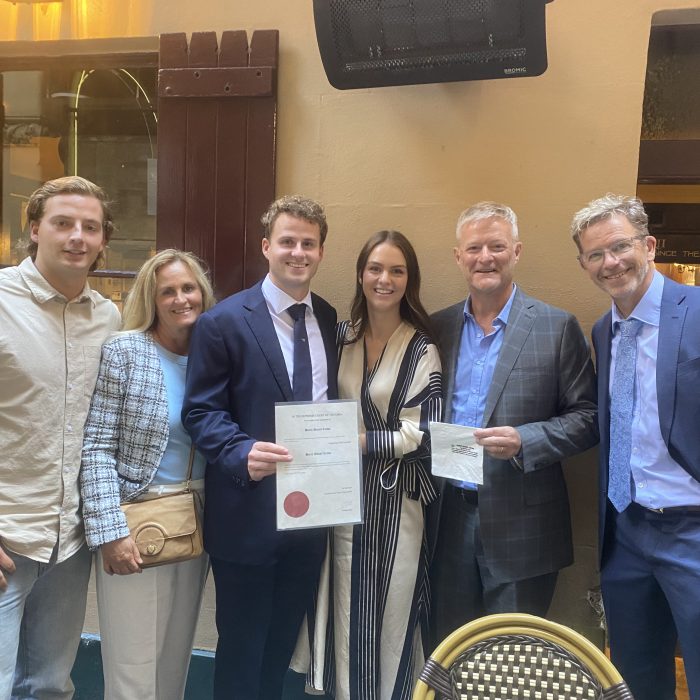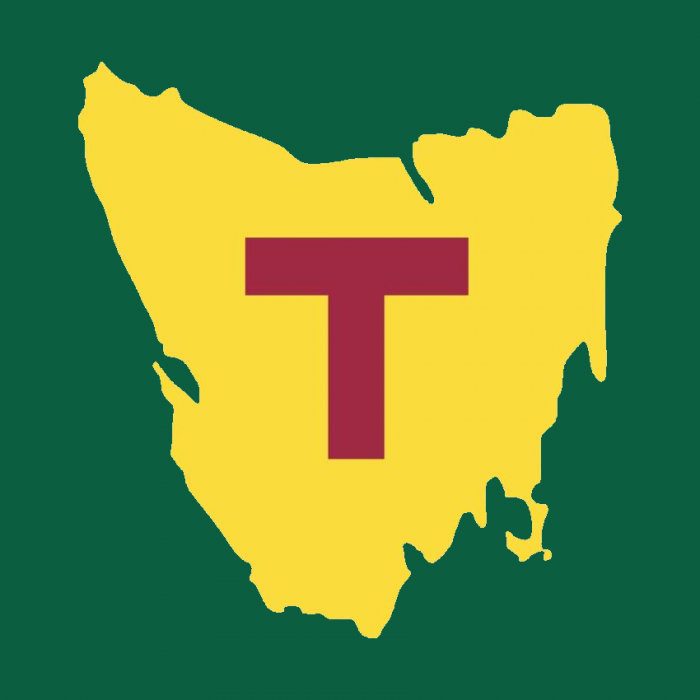What if you’ve been supplied with some products or digital materials that turn out to infringe someone’s copyright? You’ve been thrown under a bus. You didn’t know when you took the stuff that there’d be a problem. But then someone makes an allegation and at some point, you come to understand that there’s actually a problem.
At what point do you become an infringer too?
The High Court of Australia, our apex court, weighed on this issue on Wednesday. We still don’t completely know the answer to the above question and it will always depend on what happens in your case. But we do now know that the hammer doesn’t necessarily have to fall at the moment when you receive a letter of demand, and that’s a welcome development.
Earlier this year, our Joel Masterson was invited to speak about this case (while it was still pending before the High Court) at the annual IPSANZ conference. He expressed concern that the state of the law in Australia (not just flowing from this case) was too harsh too early on alleged infringers. With assistance from Harry Crowe, who also helped prepare the prezzo, here’s our summary of this week’s judgment.
What happened?
You can’t comment on this case without explaining some of the context, even in a reductionist way. Here goes…
The case was about a real estate agency franchise called Biggin & Scott (BS) and the copyright that subsisted in source code and other materials connected to software called “Real Estate Toolbox” (Tool). BS used Tool in their marketing activities.
BS engaged Mr Semmens, a (naughty) software developer, to create Tool. At the time, Mr Semmens had form in previously infringing copyright in source code for an alternative system called “DreamDesk”, which BS previously used.
Campaigntrack Pty Ltd (CT) owned the copyright in the code that was originally infringed by Mr Semmens’ DreamDesk. CT offered yet another alternative system. When the DreamDesk infringement problem came to light, CT acquired DreamDesk, shut it down and tried to get DreamDesk users to come over to their system.
BS didn’t want to use CT’s system after losing access to DreamDesk. So they engaged Mr Semmens to make them a new bespoke alternative, which ended up being Tool. BS expressly instructed him in writing at the outset not to “breach any other companies IP or ownership, in particular Dream Desk or Campaigntrack”.
While Mr Semmens did this work, BS constantly sought assurances that he wasn’t infringing. Importantly, because it was complex coding work, BS’s people didn’t have the necessary skills to catch him out if he was. They trusted him.
But, you guessed it: Mr Semmens went back to the well and infringed again. Tool.
A dispute then unfolded between BS and CT. The latter issued a letter of demand on the key date of 29 September 2016, later called the “witching hour” by BS’s lawyers. Undertakings were quickly given by BS, but not Mr Semmens.
A few months later, the parties jointly appointed a forensic IT expert who reported on a preliminary basis that there were probably infringements. It’s reasonable to expect that BS might have smelt a rat at this stage, if not earlier.
BS eventually stopped using Toolbox, but only after the dispute had been going for 20 months and after gradually receiving lots of information about the likelihood of infringement.
The central issue for the High Court was whether BS had infringed CT’s copyright by “authorising” Mr Semmens’ behaviour.
The original Federal Court trial Judge found no authorisation. At the first appeal, a 2-1 majority of the Full Court of the Federal Court went the other way, finding that from the witching hour on 29 September 2016, BS was on notice of the problem and indifferent to it. The majority found a reasonable person in BS’s shoes should have been more “proactive”. In turn, from the witching hour, BS knew or should reasonably have known, that an infringing act was or was likely to have been done by Mr Semmens.
When is an indirect infringer on notice – and liable?
Under Australian law, and particularly having regard to the Full Federal Court’s judgment, the onus has been on alleged infringers to stop impugned behaviour immediately after receiving a letter of demand because they’re probably going to be deemed to be on notice from that time. Unfairly, this sometimes happens before the merits of the allegation can be scrutinised, let alone established.
It’s worth pausing at this point to admire what a wicked weapon this is for aggrieved copyright owners. They don’t even have to prove ownership of what is (in Australia) an unregistrable right before expecting decisive action. Their powerful position also allows them to make persuasive threats about additional damages if the alleged infringer doesn’t come to heel.
This problem is not limited to authorisation: it also exists under the “ought to have known” indirect infringement provisions of ss 37-38 of Australia’s Copyright Act, which concern infringement by way of selling or importing goods originally made by another party.
Our concern was that under this approach, the simple act of sending a letter of demand effectively has the force of an interim injunction without the need to convince a court (with evidence) that it’s warranted and without the requirement to give a cross-undertaking to pay damages if the infringement allegation fails.
The High Court’s judgment goes some way towards resolving that concern. It unanimously overturned the Full Federal Court’s decision: 5-0. The court found that there was no authorisation by BS as at 29 September 2016. At that time, BS was acting in good faith and was in no position to identify the infringements anyway because of the complexities concerning the code.
Applying the judgement to the more general problem will be difficult. This judgment is heavily fact dependant and the facts in question are both unique and elaborate: not many authorisation cases will start with the alleged authoriser sending a letter instructing the primary infringer not to infringe, or works that are as difficult as these ones were for a lay person to compare.
And perhaps the knock-on effects of the High Court’s judgment go too far the other way. From our perspective, it’s entirely reasonable that BS shouldn’t have been found to authorise infringement from the moment they received the letter of demand on 29 September 2016. But then they kept merrily going with the infringing software for 20 months, with most of that use coming after receiving an expert report that suggested infringement. Surely somewhere along the line their indifference (or worse) should have had consequences.
The High Court’s position on this is that CT didn’t make enough of this dynamic during the original trial and it’s too late to dredge up the problem when you reach Australia’s apex appeal court. Fair enough. You can read about this in paragraphs [52] and [85] of the judgment. But it is an important reminder for litigants during a trial to pursue every occasion where an alleged authoriser was put on notice of the infringement problem, and not just go for gold with the first instance. Getting greedy by focussing only on the letter of demand can backfire.
So this ends up being another one of those cases where a court didn’t have to address the most interesting issue, so it didn’t. And we’re still left to ask how commercial people are supposed to know when to pull the pin in one of these situations?
Key takeaways: letters of demand alleging copyright infringement are still hot. Alleged infringers should pull the impugned materials quickly, at least as an interim measure while they turn a critical eye to the merits of the allegation. That’s the safest position from which to have a debate. BS got a bit lucky in the end.
P.S We at By George love turning our very critical eyes on these sorts of allegations.






